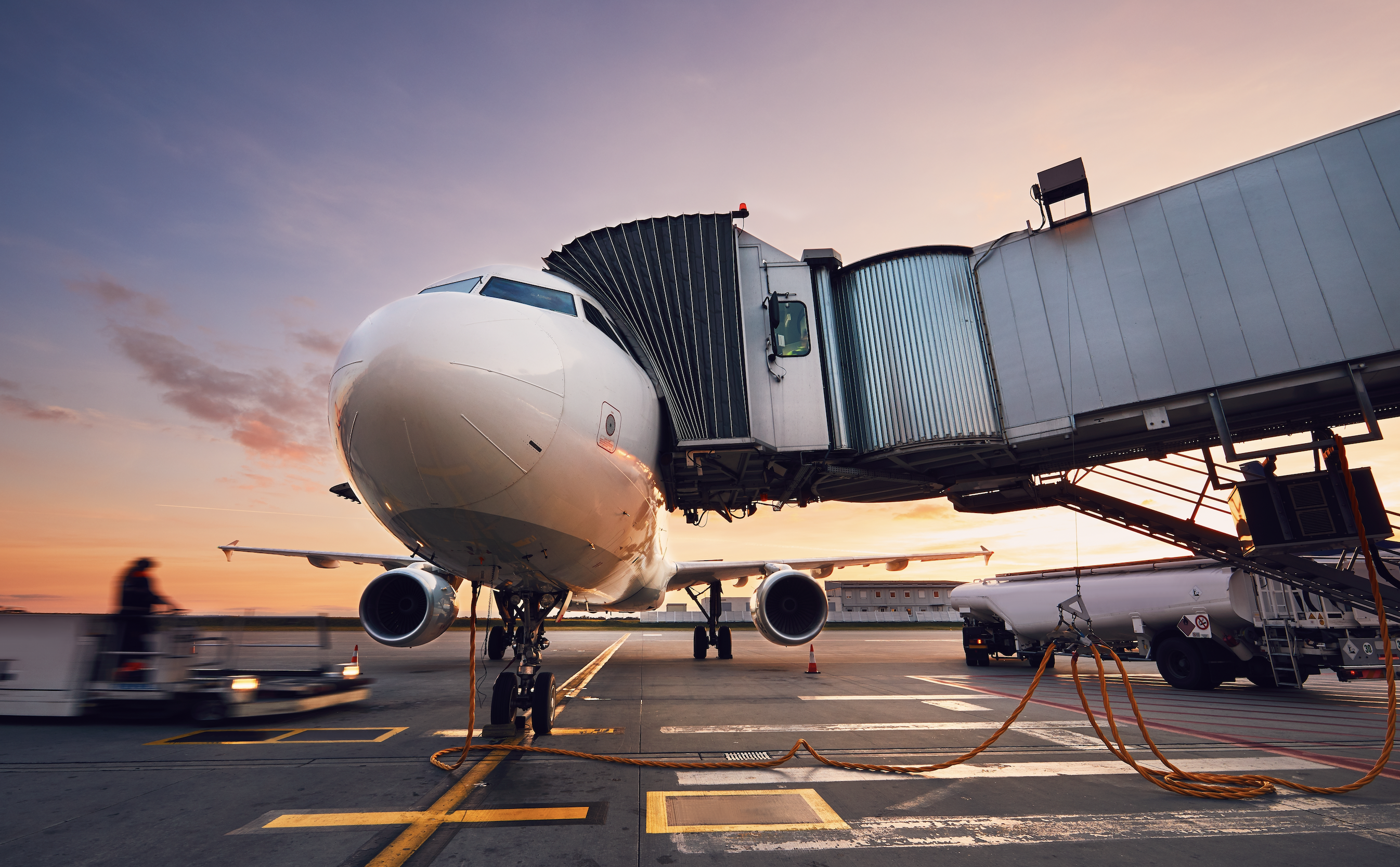To say that the past two years have been challenging for the aviation industry is an understatement. Passenger traffic plummeted by two- thirds in 2020 compared to 2019 and recovery has been slower than expected. In fact, the International Air Transport Association (IATA) forecasts that 2022 traffic will be just 60% of pre-pandemic levels. As it relates to growth, France’s Airbus – through its global market forecast – and the United States based Boeing – through its commercial market outlook, publish annual traffic projections. Airbus’s most recent forecast covers the 2021-2040 period and reports that passenger traffic could return to 2019 levels between 2023 and 2025. Airbus’s forecast also projects that global traffic will grow an average of 3.9% per year between 2019 and 2040. Boeing’s outlook offers a similar growth projection of 4.0% per annum over the same 22-year period. Additionally, as of March 31, 2022, Boeing has a backlog of 4,176 planes. As of May 2022, Airbus has orders for 21,072 planes. Based on these projections, maintenance in aircraft hangars will likely dramatically increase alongside the number of hangers around the world.
To read EFI Global’s latest commentary paper, click here.

